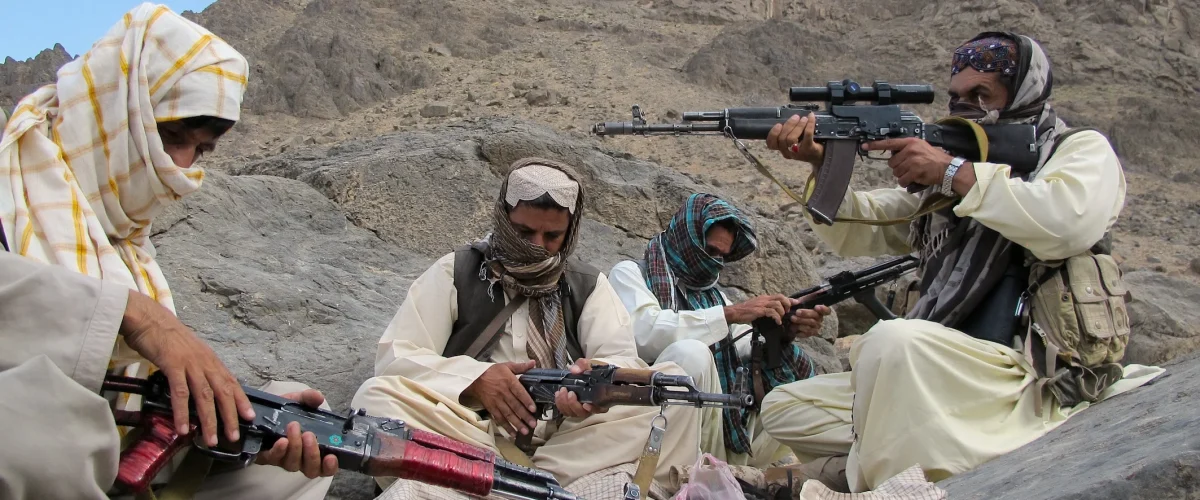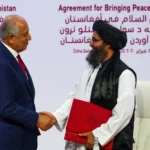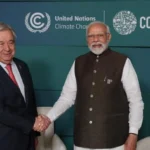In a move signaling a significant development in its counter-terrorism policy in South Asia, the United States officially designated the Balochistan Liberation Army (BLA) as a Foreign Terrorist Organization (FTO) on August 11, 2025. The declaration, crucially, also named the Majeed Brigade as an operational alias, formally linking the BLA’s most lethal wing to the parent organization under this stringent new status. The decision to classify the group as FTO represents a substantive policy shift rather than a mere procedural update. This change is expected to have significant political, strategic, and legal consequences that will likely alter the operational dynamics of the insurgency in Balochistan and the geopolitical framework of the region.
A History Steeped in Violence
The Balochistan Liberation Army emerged in the early 2000s, a modern incarnation of a decades old Marxist ethno-nationalist terrorist group. Initially, the BLA’s operations were characterized by low-level attacks on Pakistani security forces, gas pipelines, and state infrastructure. Their goal was to raise the cost of the federal government’s presence and writ in the mountainous areas of Balochistan.
However, the nature of the conflict transformed dramatically with the rise of the Majeed Brigade. Named after a suicide bomber who died trying to assassinate Pakistan’s then Prime Minister Zulfikar Ali Bhutto in 1974, the Brigade evolved into the BLA’s elite suicide squad. It adopted tactics of devastating lethality, including complex attacks and suicide bombings, previously associated with other terrorist groups.
The Brigade’s notoriety skyrocketed as it began systematically targeting Chinese interests linked to the multi-billion dollar China-Pakistan Economic Corridor (CPEC). High profile attacks, such as the 2018 assault on the Chinese consulate in Karachi, the 2019 attack on the Pearl-Continental Hotel in Gwadar frequented by Chinese nationals, and the 2022 suicide bombing at Karachi University that killed three Chinese teachers, demonstrated a clear strategic pivot.
The 2019 vs. 2025 Designations: Understanding the Difference
To grasp the weight of the 2025 decision, one must first understand what came before. In July 2019, the US State Department classified the BLA as a Specially Designated Global Terrorist (SDGT). This was a significant step, but one primarily focused on financial warfare. The SDGT designation centers on blocking assets, freezing funds held in US financial institutions, and prohibiting American citizens from engaging in any transactions with the listed entity. It was a tool designed to choke the BLA’s financial lifelines.
The August 2025 declaration, however, elevates the BLA to the far more severe FTO status. This is not merely a re-labeling, it is a fundamental upgrade in classification. As the State Department clarified, the FTO designation carries all the financial penalties of the SDGT list but adds a powerful layer of legal and criminal consequences. The most critical addition is the material support clause, which makes it a federal crime for any person under US jurisdiction to knowingly provide material support or resources, be it funds, training, weapons, or safe houses, to the BLA or its aliases.
Furthermore, it has profound immigration implications, making any member, representative, or affiliate of the BLA inadmissible to the United States. By explicitly naming the Majeed Brigade as an alias, the US government has ensured that these stringent measures apply unequivocally to the group’s most dangerous operational wing.
Ramifications of the FTO Designation
For the Pakistani government, this is a monumental diplomatic victory. Islamabad has long sought to frame the BLA as a terrorist organization. The FTO designation lends powerful international validation to this narrative, strengthening Pakistan’s hand domestically and on the world stage.
This move also implicitly increases diplomatic pressure on regional actors. Pakistan has consistently held India responsible for providing covert support to BLA terrorists as a means of fomenting instability, a charge India has always denied. While the US designation doesn’t validate these specific claims, it places any nation perceived as sympathetic to the BLA in a diplomatically awkward position. The FTO label makes any association with the BLA, however tacit, extremely costly. Similarly, it puts pressure on Afghanistan, whose territory has historically served as a refuge for BLA militants. The designation provides a stronger basis for US and Pakistani demands for a crackdown on any BLA presence there.
Strategically, the designation is designed to cripple the BLA’s operational capacity. The group has long relied on a global network of sympathizers and fundraisers. The criminalization of material support is expected to create a powerful chilling effect, disrupting these networks and making it exponentially harder for the BLA to raise funds, procure arms, and recruit internationally.
Finally, the FTO status provides a robust legal framework for enhanced intelligence sharing and joint law enforcement actions between the United States, Pakistan, and other allied nations. This cooperative structure, backed by severe penalties for financial institutions processing transactions linked to the group, is aimed at achieving the group’s deeper isolation.






